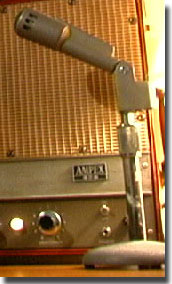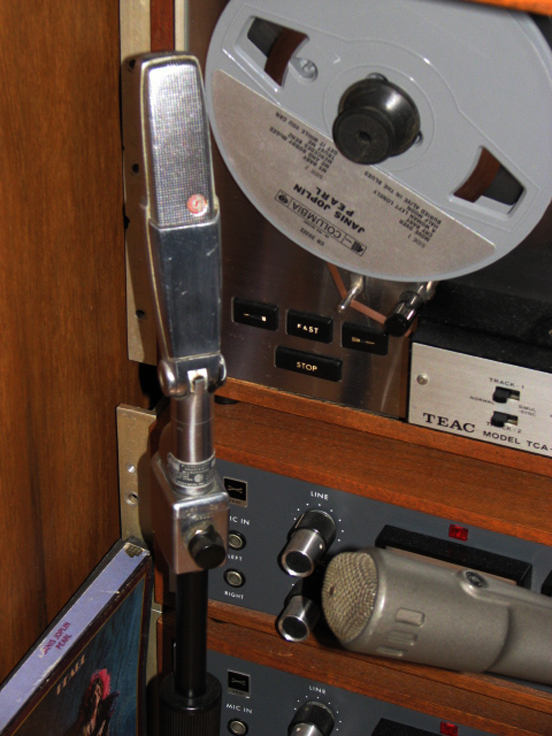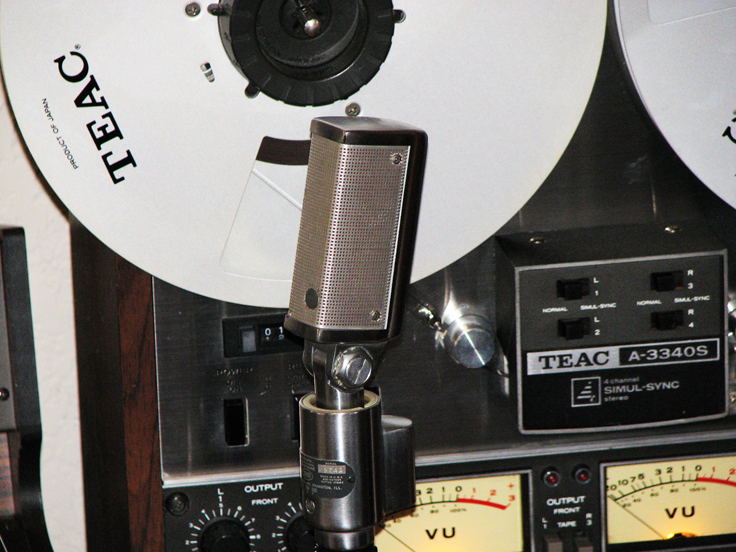
Electro Voice
Electro Voice history
On September 1, 1927, Lou Burroughs and Al Kahn began a small business servicing radio receivers in South Bend, Indiana. As a result of the Great Depression, the two found themselves insolvent to the extent of $5,000. They decided to move their business to audio products, and on June 1, 1930, they incorporated under the name "Electro-Voice".
Burroughs and Kahn perceived an opportunity to capitalize on what they perceived as the generally poor quality and high prices of existing microphones. They purchased a lathe and a drill and started producing about one microphone a week. Soon after, Burroughs withdrew from the business, leaving complete ownership to Kahn. By 1933, the previous business debts were completely paid off, and Electro-Voice began hiring employees to help in the production of the products. In 1936, twenty people were hired, and Lou Burroughs returned as chief engineer.
In 1946, the business moved to a bigger facility and expanded its engineering efforts. In 1948, they began successfully producing phonograph pickup cartridges. In 1950, they started production of the first automatic TV booster, which sold in great quantities. They also started to design and produce a loudspeaker line.
In 1963, EV received an Academy Award for their 642 Cardiline shotgun microphone, the first ever given for an audio product.[1] In the late 1970s, EV became the first microphone manufacturer to use neodymium magnets in its microphones. The PL80 microphones were introduced in the early 1980s,  around the same time EV's first wireless microphones were being produced. In 1990, the HM2 headset microphone—EV's first headset microphone—was introduced.
around the same time EV's first wireless microphones were being produced. In 1990, the HM2 headset microphone—EV's first headset microphone—was introduced.
Stevie Wonder singing into an Electro-Voice RE20 microphone
In the early 1970s, EV developed the first commercial system for matrix four channel stereo called EV, EV-4 or Stereo-4. When Columbia/CBS and Sony developed their Stereo Quadraphonic system (SQ) that system become the leading matrix system and Electro-Voice adapted their decoders so they also could play SQ records as well as Sansui's QS records. The EV system could also simulate four channel sound from two channel sources.
Prior to the February 1998 merger with Telex Communications, the company was owned by Mark IV Industries, Inc. through its subsidiary, Gulton Industries, Inc.,[2] and had manufacturing plants in Buchanan, Michigan; Newport, Tennessee; Sevierville, Tennessee; and Gananoque, Ontario. Electro-Voice's headquarters were in Buchanan, Michigan until the merger with Telex Communications.[3][4]
In June 2006, EV, along with all of Telex Communications, became part of Bosch Security Systems division.[5][6] Today EV manufactures widely used broadcast microphones as well as loudspeakers and various other professional audio equipment.
Wikipedia
More from Electro Voice




